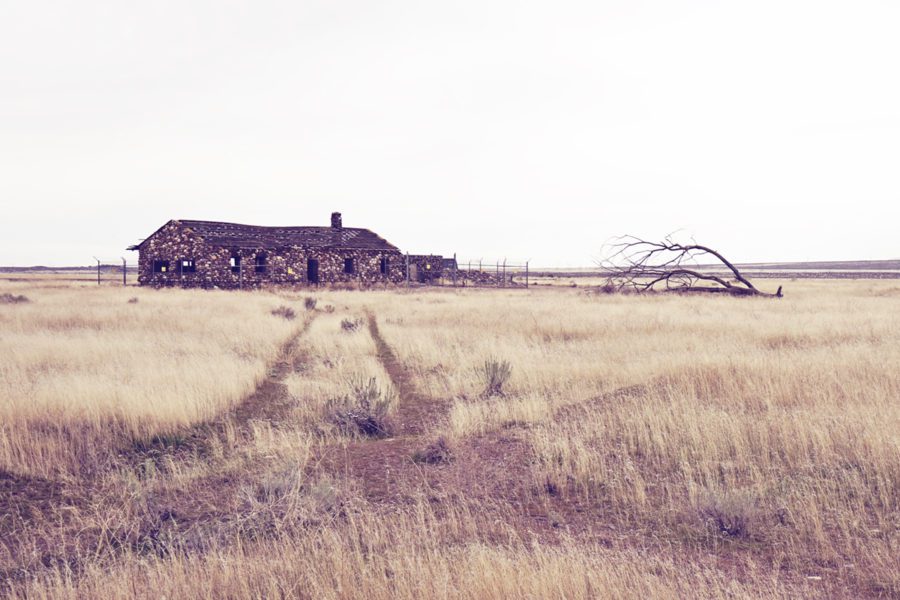Washington Trust for Historic Preservation announces 2018 Most Endangered Places
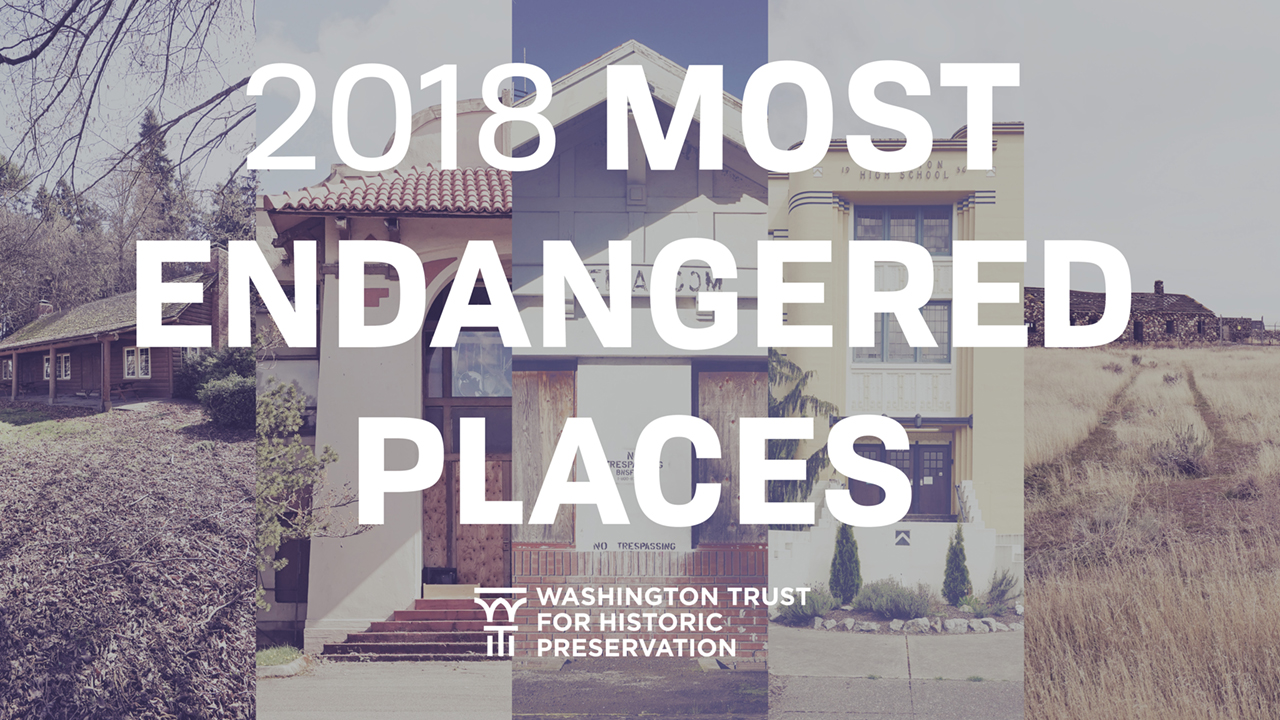
CONTACT:
Jennifer Mortensen
Preservation Services Coordinator
jm********@pr********.org
206-462-2999
Seattle, Washington: The Washington Trust for Historic Preservation announced its 2018 list of Most Endangered Places at Seattle’s Georgetown Steam Plant on Saturday, May 12 at their annual fundraiser, Vintage Washington. Since 1992, the independent nonprofit has used the list to bring attention to over 160 threatened sites nominated by concerned citizens and organizations across the state. The Washington Trust assists advocates for these resources in developing strategies aimed at removing these threats, taking advantage of opportunities where they exist, and finding positive preservation solutions for listed places.
The Washington Trust was thrilled to shine a spotlight on the Georgetown Steam Plant as the venue for their annual fundraiser and the Most Endangered Places announcement. Seattle City recently issued a request for proposals, seeking to partner with an organization interested in managing day-to-day operations of the facility with a focus on continued stewardship and arts and educational uses. Seattle City Light has shown dedication to preservation, creativity, and public access by accommodating events like Vintage Washington.
The Washington Trust proudly announces its commitment to Washington’s 2018 Most Endangered Places:
The Washington Trust will be releasing one extended video each week for the next five weeks that will go into more depth about the history of and threat to each 2018 endangered place.
Camp Kilworth – Federal Way
In 1934, William Kilworth purchased 25 acres in the South Sound and immediately deeded the property to the Tacoma Area Council of Boy Scouts. World War I veterans, who were members of the Tacoma Rotary Club, built the centerpiece of the camp in 1935: the Rustic-style Rotary Lodge. Over the decades, several other supporting structures were built, including an outdoor amphitheater that looks out over a dramatic view of south Puget Sound. Today, the property and its shoreline are one of only two places in rapidly growing Federal Way regarded as a highly sensitive environmental area; the high bank coastal forest on the site also serves as a wildlife corridor.
The Boy Scouts owned and operated the camp for over 80 years, but due to declining membership, their operations at Camp Kilworth ceased in 2016. In accordance with a stipulation in William Kilworth’s original 1934 deed, ownership of the property reverts to the Kilworth Family Foundations if the property is not used for scouting. The buildings sit vacant, unheated, and unmaintained, raising fears of demolition by neglect. Local advocates also feel it is important for the property remain as open space dedicated to education, as William Kilworth originally intended. The property has provided formative experiences for many over the years and has the potential to continue as a meaningful and historic educational environment for the community if the right stewardship arrangement can be found.
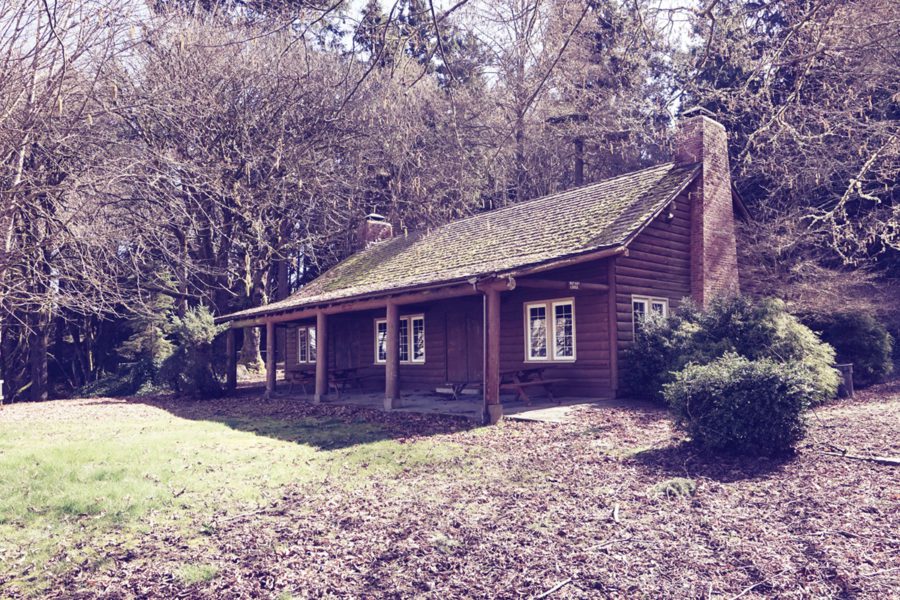
East Seattle School – Mercer Island
Built in 1914, East Seattle School is the oldest public building left on Mercer Island. The school’s Mission-style architectural details remain intact, including a terra cotta roof, a curvilinear parapet, and decorative brackets. Once located at the town center, the school was the heart of the Island’s community life for nearly 70 years. Construction of the I-90 floating bridge, however, brought a population boom to the Island in the 1950s, and the commercial center of Mercer Island gradually shifted to its current location.
East Seattle School was declared a surplus building in 1982 but continued its role as a community gathering space for nearly 30 more years as the home to the Mercer Island Boys & Girls Club and various childcare centers. In 2007, private interests acquired the 3-acre property. While many objected to the transaction, others supported it because proceeds from the sale were used to construct a new Boys & Girls Club. As part of the deal, the new owner agreed to make no changes to the property for ten years. Now that those ten years have passed, the owner has applied for a demolition permit, and will likely build single family housing on the site. Community members hoping to see the school preserved are working to find a solution that will satisfy the owner’s investment goals while keeping the legacy of East Seattle School alive through adaptive reuse.
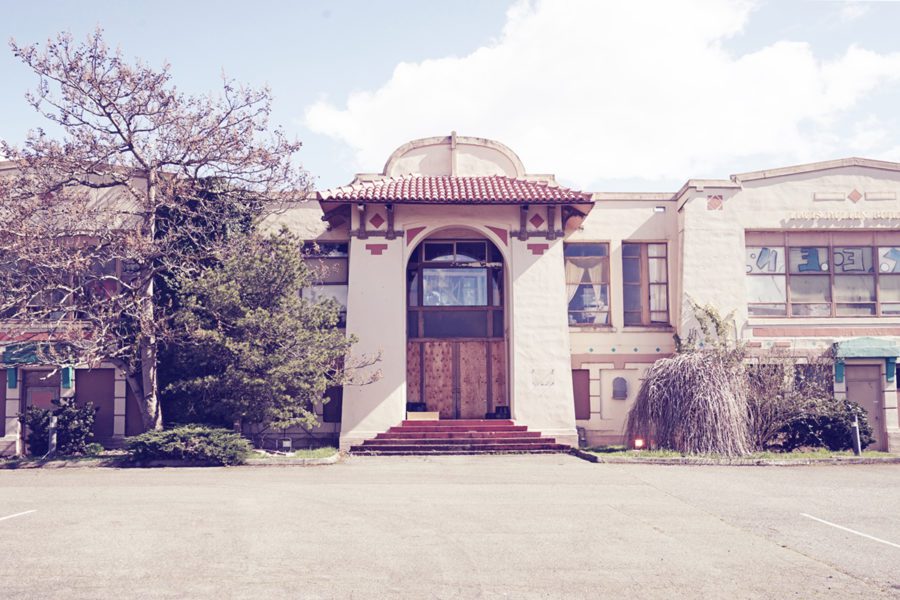
Steilacoom Train Depot – Steilacoom
Built of clay tile with stucco and brick veneer, the 1914 Steilacoom Depot was designed by noted local architect, Arthur Potter Merrill. The construction of the railroad connected Steilacoom to Olympia and Portland to the south, and Tacoma and Seattle to the north, making it a travel destination. The depot closed to passenger service in the 1960s, and freight service to the depot ended in 1972. The property was purchased by the Burlington Northern and Santa Fe Railroad in 1970, after which it was mainly used for storage. In recent years, the building has been unused and unmaintained but remains in relatively good condition.
Due to the addition of a second track along the waterfront and modern regulations, the depot is currently too close to the railroad tracks to be safely utilized. Local advocates would like to see the depot moved approximately 80 feet to the southeast onto a parcel currently owned by the Town of Steilacoom. The Town is supportive of the plan, if the local partners can generate enough funding and support for the move and rehabilitation. The leading voice for the project, the Steilacoom Historical Museum, successfully rehabilitated the Nathaniel Orr House in 2002 and manages several other historic buildings in town.
The relocation of the depot would keep the building within its historic context while giving enough clearance from the railroad tracks to allow for rehabilitation and ultimately public access. Due to its proximity to the waterfront, the adaptive use potential for the depot is high. Local advocates envision the rehabilitation of the depot as the first step toward a larger reclamation and beautification of the Steilacoom waterfront.
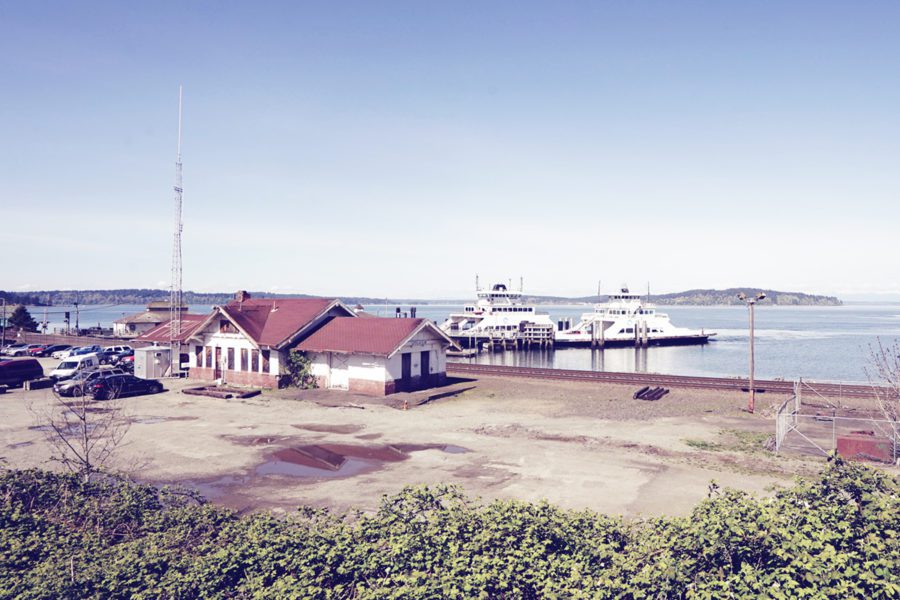
Arlington High School – Arlington
Built in 1936, the old Arlington High School has been loved by generations of students. With its grand front entrances, streamlined architectural details, balconied auditorium, and original iron and glass skylights, it is a beautifully intact example of Art Deco architecture. In addition to its clear architectural value, the building features two murals from Washington artist Richard Correll, funded by the Works Progress Administration in 1940.
Until the completion of a new high school in 2007, this building was the hub of the Arlington community. Over the past decade, the school housed community organizations, but now sits mostly vacant. There is an active need for a community center in Arlington. With the school’s proximity to downtown and public transit, local advocates see the school as a perfect candidate for just such an adaptive use. Still in its historic configuration, the former school could easily accommodate Arlington’s non-profit and arts communities with studio and makers spaces, meeting and office spaces, educational and training spaces, and even a large performance venue.
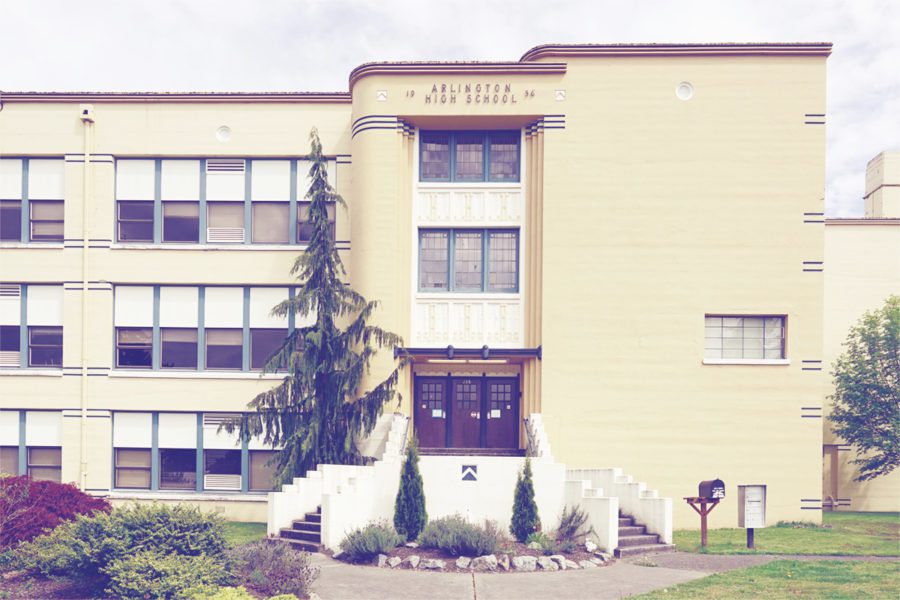
Bruggemann Ranch – Hanford
After immigrating to the United States from Germany in 1926, Paul and Mary Bruggemann purchased a large ranch along the Columbia River in 1937. The Bruggemanns became one of the most successful farming families in the region but were evicted by the US Government in 1943 to make way for plutonium production. The copious supply of water from the Columbia combined with cheap, reliable power made the area an ideal location for the development of the Manhattan Project.
The pre-Manhattan Project history of the Hanford Reach area was nearly erased over the ensuing decades, but with the recent establishment of the Hanford Unit of the Manhattan Project National Historical Park, a new interest in uncovering the layered history of the site has developed. Only four structures remain from the pre-Manhattan era: Hanford High School, the White Bluffs Bank, the Allard Pumphouse, and the only privately built structure remaining: the Bruggemann cook house.
The Bruggemann site was once a substantial ranch with multiple structures and around 2000 acres of orchards. Today, only the cook house remains. The building is constructed of river cobble and is the last surviving example of this once common architectural technique in the area. The cook house is currently unsheltered from the elements with no clear plan for preservation, and advocates are seeking to bring more attention to the importance of preserving the little physical history that remains. The nearby White Bluffs Bank was recently restored, and advocates would like to see the cook house also restored and used to interpret the pre-Manhattan Project history.
Because of its proximity to the Vernita Bridge, the northernmost access point to park, a restored cook house could logically serve as an entry point and interpretative space that could communicate the significance of the pre-Manhattan Project history to park visitors.
